
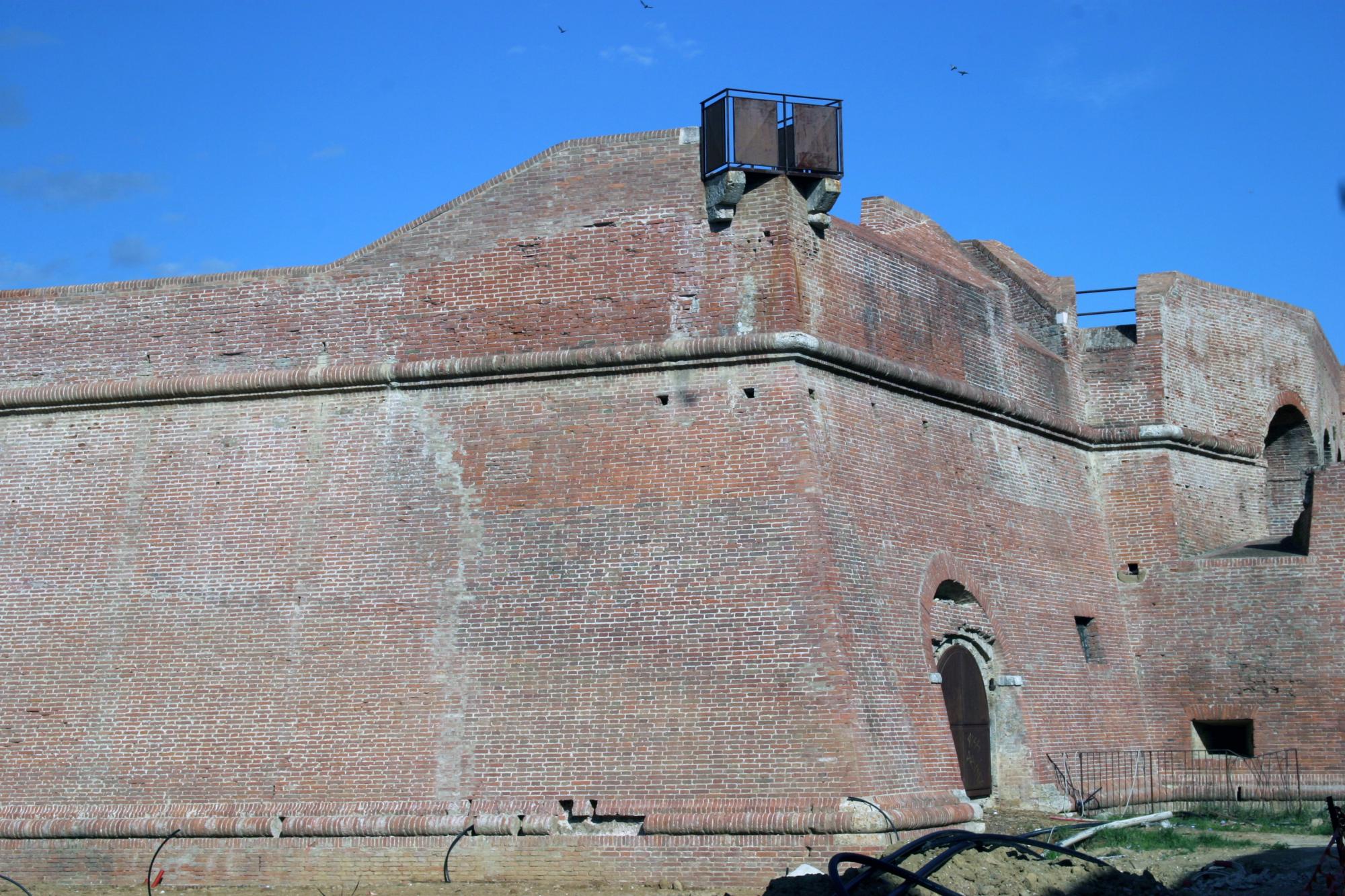




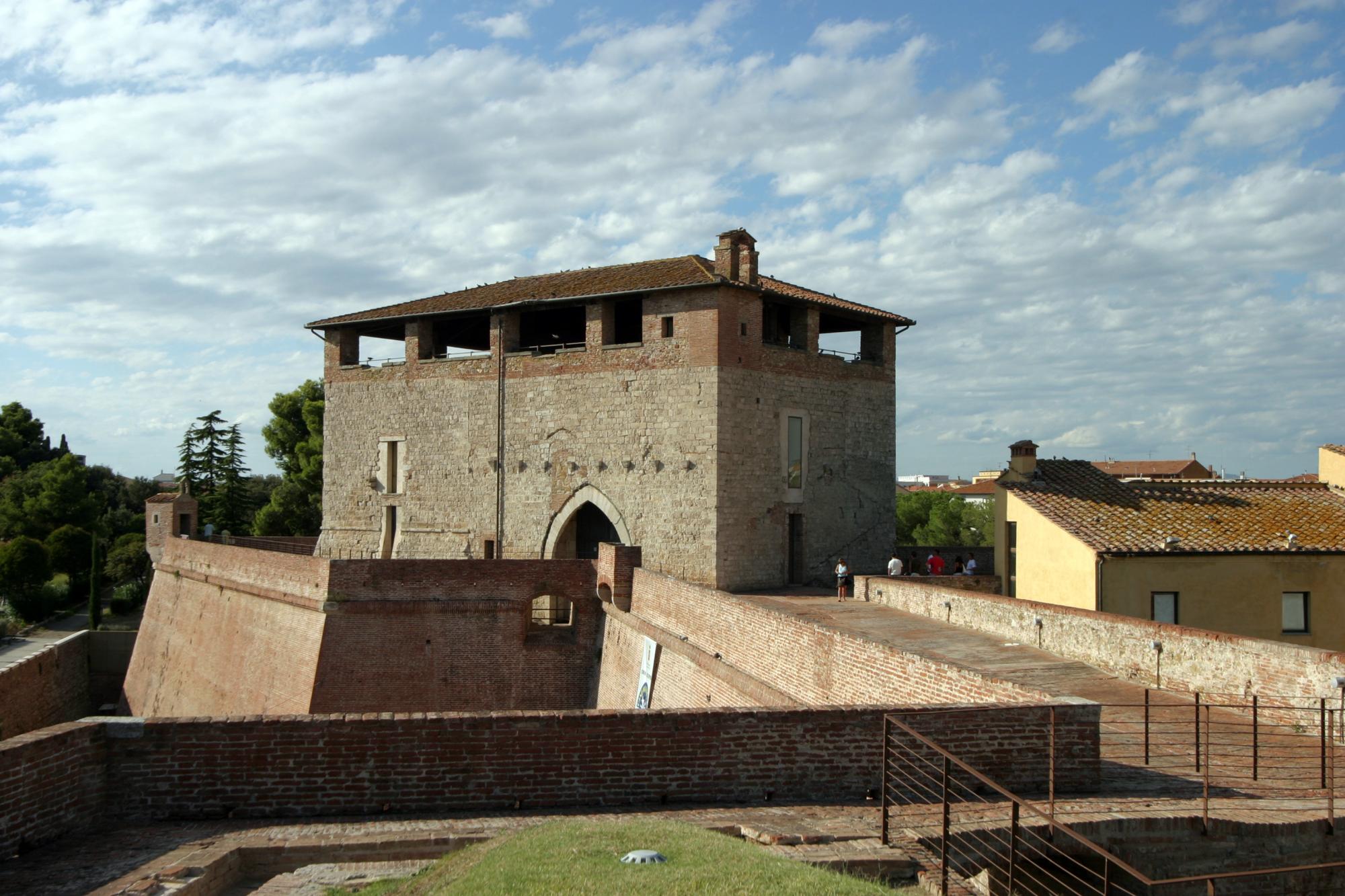
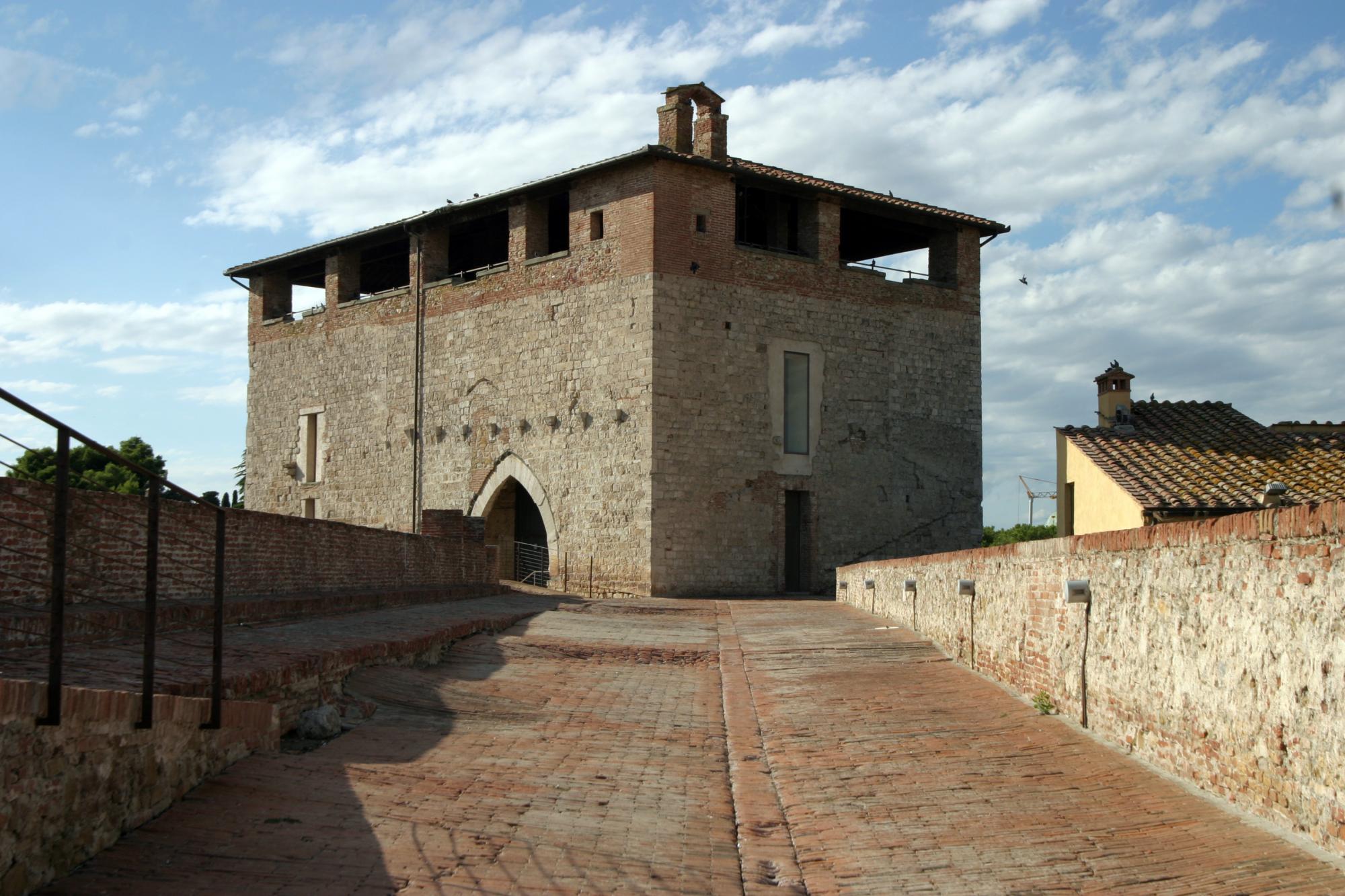


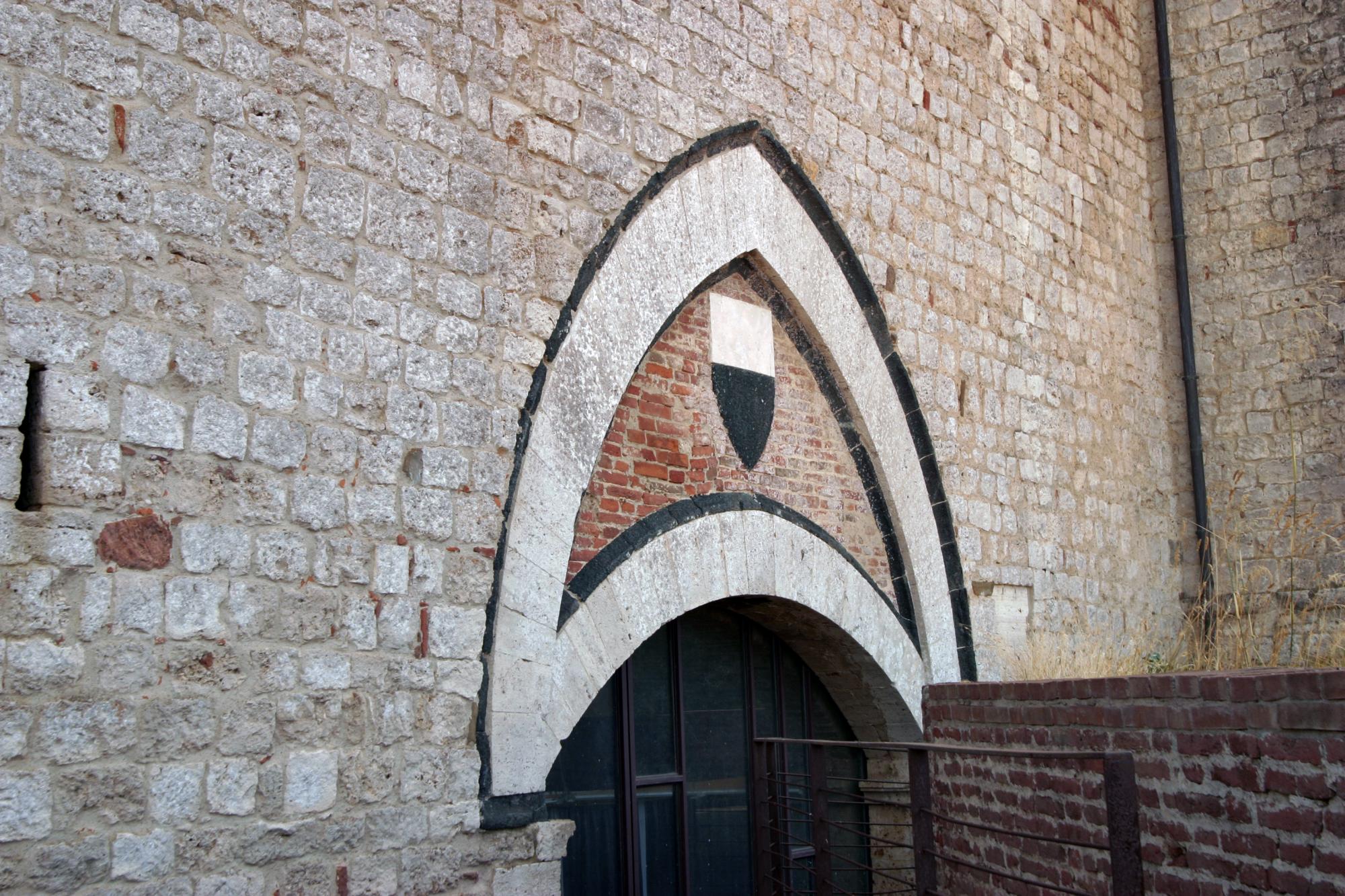
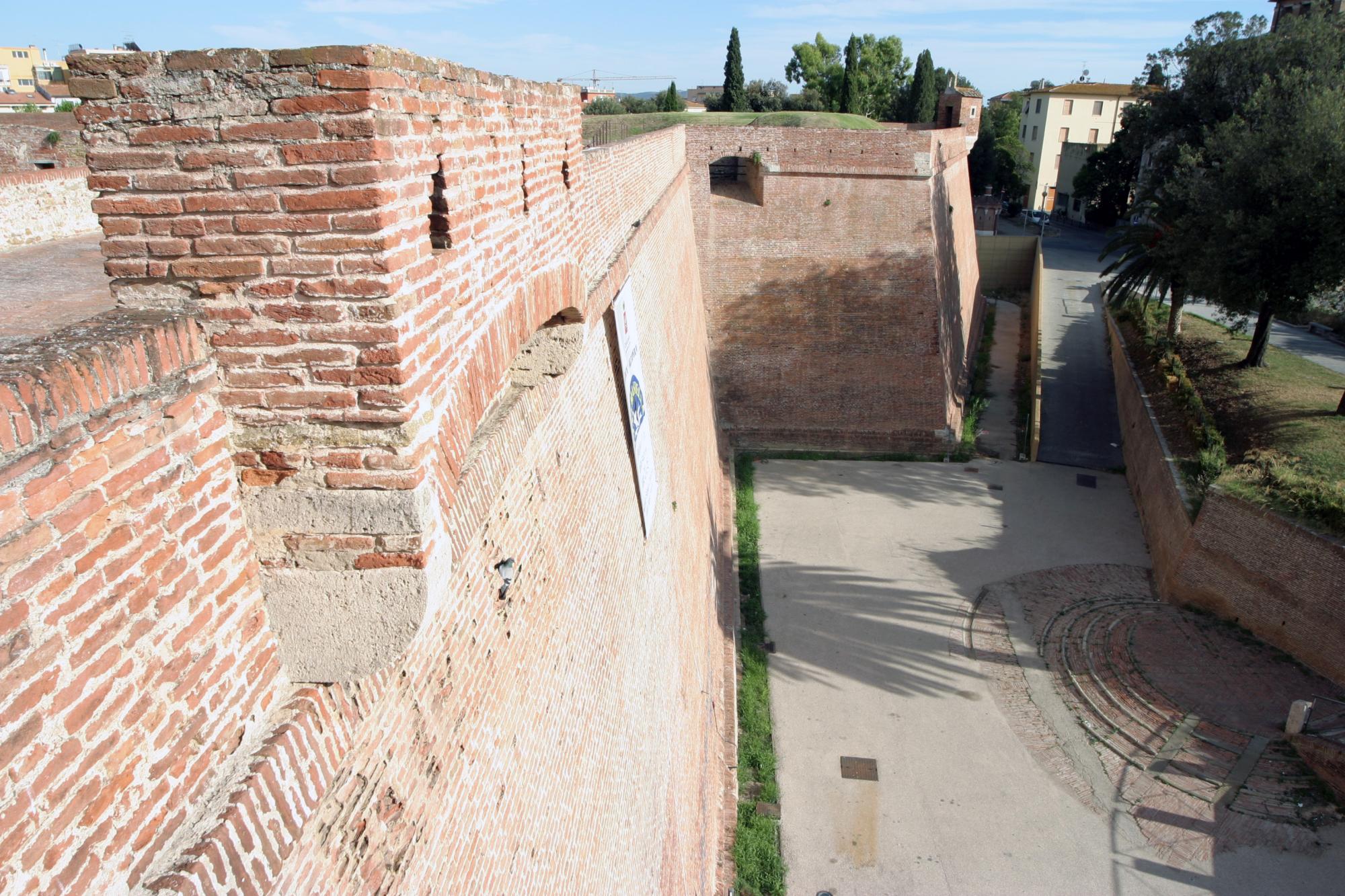






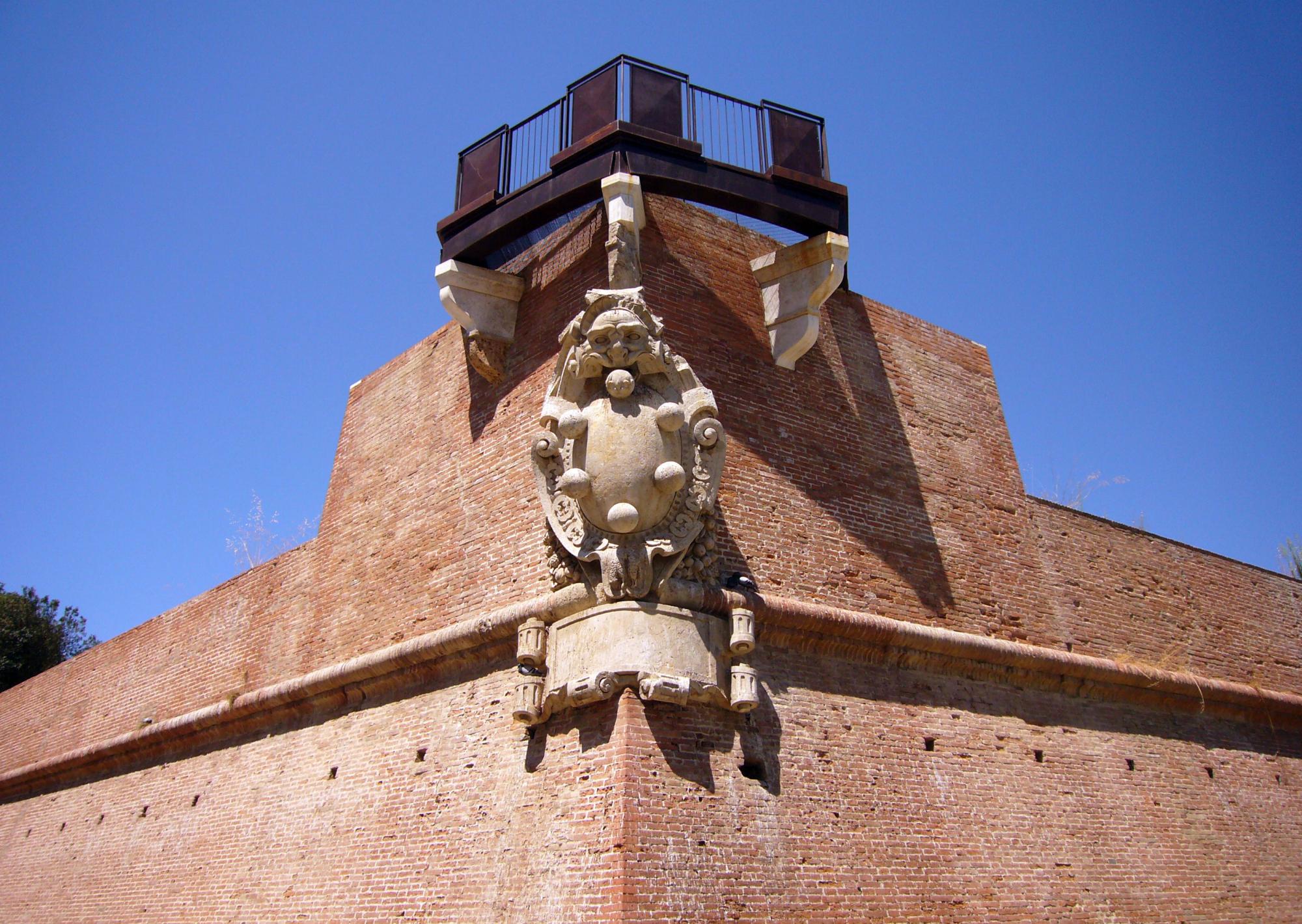



















How to reach
The walls surrounding the historic center of the city, capital of the most southern province of Tuscany, are a rare example in Italy of town walls that basically remained unchanged up until today.
History
The oldest mention of the Grosseto settlement is from the year 803, but in that period, the main part of the center was still on the hills of Roselle, an Etruscan and Roman city. Interest gradually moved towards the plains, where the fertility of the land, the fishing in Lake Prile, the richness of the "saline" (salt evaporation ponds, shallow man-made ponds designed to produce salt from sea water), and the ease of communication via waterways favored economic development.
The history of the city is connected to that of its walls. Roselle was in decline, its walls in ruins, so when the Grand Duke of Baveria, Enrico the Superb, and Pope Innocent II met in Grosseto, the latter was so impressed with the richness of the city and the strength of its walls (thanks also to the deep Ombrone River that flows alongside and circles a large part of the walls, forming a large curve) that he decided to move here the Episcopality of Roselle, giving birth to a real city: it was April 9th, 1138.
In 1151, Grosseto became the stronghold of the Aldobrandeschi family, which also controlled the city through their vassals, the Pannocchieschi. In this period, the city presented a surrounding wall with at least two gates, partially surrounded by a moat and partially by the Ombrone River. In 1224, the Aldobrandeschi submitted to Sienese rule, but the people of Grosseto rebelled. The Sienese therefore destroyed the walls and filled in the mote. In 1334, the Sienese began work on a new Keep near the Gate of San Pietro, but this was never completed. The ferocious dispute between the Abati del Malia and the Sienese terminated in 1336 with another destruction of the walls. Eight years later, the walls were rebuilt along with another Keep in the direction of the city of Siena (Gate of S. Lucia). This is the "Siensese Keep" that we admire today, even though it is encompassed within the Medici walls.
Several towers rise from the walls, but the only ones existing with documentation are the Sienese Keep, the Porta Cittadina, and the two situated between the actual Garibaldi Bastion and the Port Nuova that were already part of the cited Keep started in 1334. The walls were definitely crenelated and possessed a rampart and an external moat. There were two principle accesses: the Porta Cittadina (actual Porta Vecchia, or Old Gate) to the south and the Porta S. Lucia, which is the gate of the Keep, to the north. At least another two gates, or better, posterns existed; one called S. Pietro was near one of the two towers dating from 1334, and another was in correspondence to the actual Bastion of the Windmill. These walls remained unaltered for the entire 15th century. In this period, Grosseto was under Sienese rule but gradually saw a progressive economic and demographic decline. After the plague of 1430, the population was reduced to only 180 people, and the abandonment of the countryside favored the growth of swamps where once there were lakes and therefore the epidemic of malaria.
A long war started in Tuscany in 1530, known as the War of Siena. This concluded in 1557 with the acquisition of the Sienese Republic by the Florentine dynasty of the Medici family.
Between 1557 and 1559, the territories of the Sienese Republic were given to the Grand Duchy of the Medici. This was an important era for the Maremma (called the Inferior Sienese Province) and for Grosseto, which in that period was in complete abandon. In this setting, the city assumed a fundamental importance as the mainstay of the new state defence system – a fortification on the boundary along the Tyrrhenian facing the Spanish guards, the biggest irritation of the Grand Duchy. The urban center had important economic functions (grain and salt deposits), also representing an important link between the coastline and the interiors since these were always visible from the guard towers in the Mountains of Uccellina.
The most consistent works of the Grosseto fortress were only started in March of 1565 under the guidance of Baldassarre Lance, first by his son Marino, then by another engineer in the service of the Medici, Simone Genga, and finally by Geronimo Seriacopi. In May of 1593, a coat of arms was placed above the entrance gate of the fortress. This is the official stamp of the finished work. The walls were completed in red brick along a hexagon-shaped perimeter, with the pentagon-shaped defense corners of the bastions in the form of arrows, guard houses on its points. The fort encompassed the Sienese Keep, which faced the interior. All the service tunnels and storage rooms are still preserved. Up until 1757, the walls were surrounded by an exterior moat and earth banks.
The Medieval Fortifications
Even though the 16th century was without a doubt the most important century for the history of Grosseto, we must return to the Middle Ages in order to understand the context of the Medici walls. Built in only one year between 1344 and 1345, the Sienese Keep was still in a good state of repair in the 1500's, so it was decided to leave them and encompass them into the walls. The Keep today appears as a short rectangular tower formed by two side-by-side structures of equal height, but not like its original shape because of a 16th-century intervention. At the time of its construction, the two structures had a different purpose – one a guard tower and the other was a courtyard with two doors for the control of access to the road that led to Siena. These structures were testimony to the presence of Senese, which is obvious because of the pointed arch with a lower rounded arch and also because of the black and white coat of arms on the exterior façade of the door. Since 1980, after the restorations, it has been used as an exposition and cultural center.
That which today is called the Old Gate (originally the Citizen Gate, “Porta Cittadina") is all the remains of an ancient medieval gate from the 13th century. The gate, in fact, is only a part of the fortress that the Captain of the People, Vigoroso Cittadini, built in 1262. Its southern location was of great importance because from here all the roads led to the sea, to Rome, and to the other nearby towns. In the 1500’s the Medici restored this gate with its beautiful towers, which they encompassed into the surrounding walls. Up until 1754, this was the only access to the city and was called Porta Reale (the Royal Gate). It was protected by the left wall of the rampart dell’Oriolo and by other defense works. In the 1800's, the walls no longer had a military purpose; the gate was changed with the demolition of the tower in 1854. In the 1900's, the Gate (which in the meantime took the actual name of Old Gate in order to distinguish it from the New Gate which had been opened on the north side of the walls) resulted greatly altered but will always remain a symbol of Grosseto.